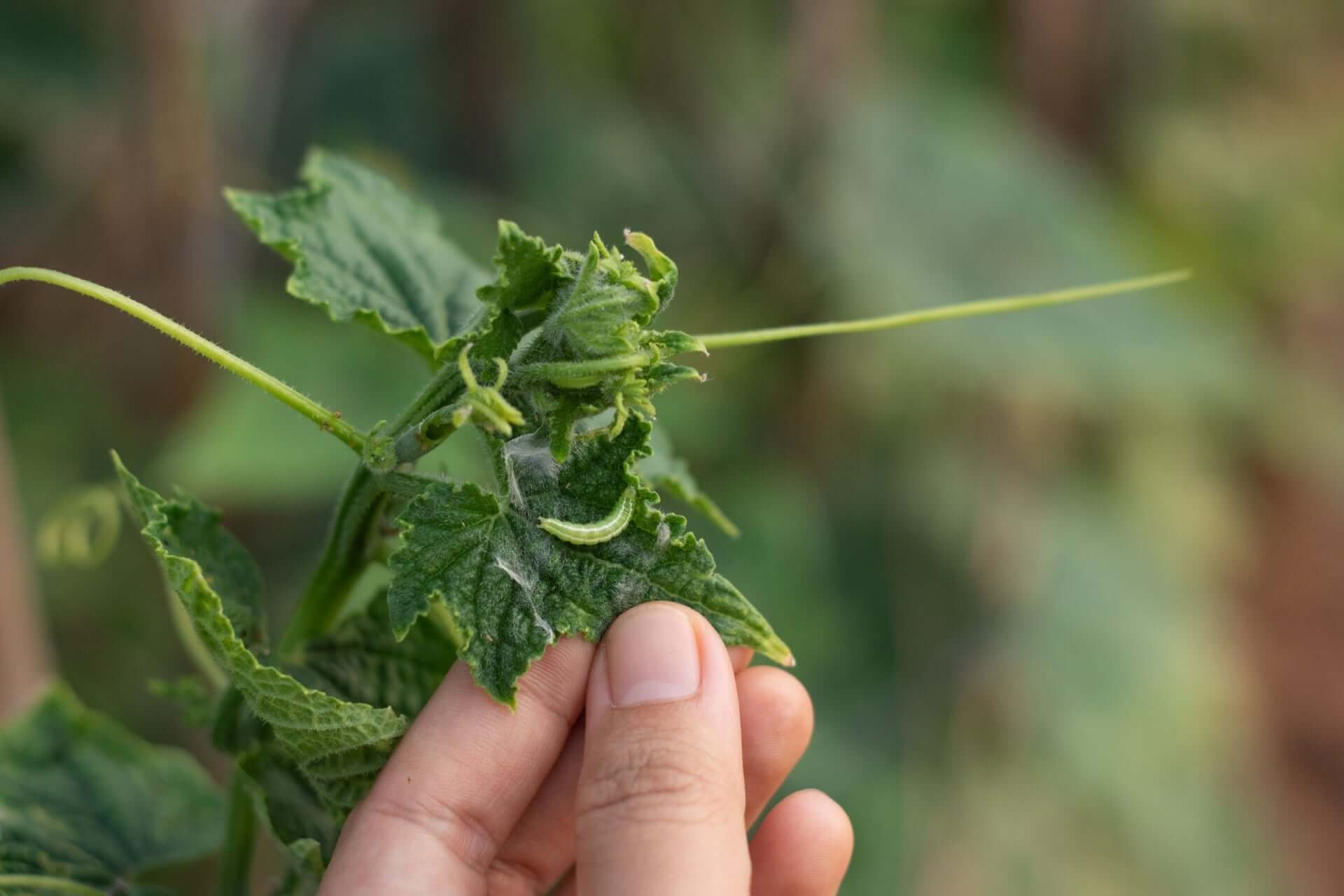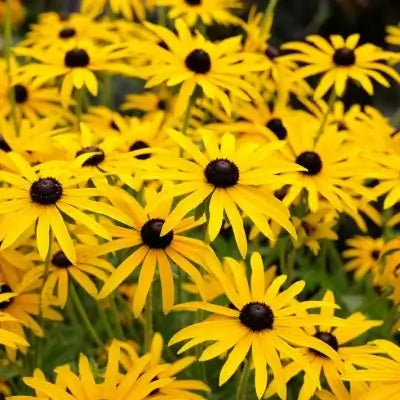Witch Hazel adds a hint of charm to any garden with its enchanting yellow or orange blooms. Its delicate flowers, resembling tiny ribbons, unfurl in late autumn or early winter, offering a burst of color at a time when most other plants have gone dormant. This native North American shrub thrives in various landscapes and has been treasured for centuries for its ornamental beauty and medicinal properties. Whether you want to brighten your winter garden or create a woodland feel, Witch Hazel may be the perfect addition to your outdoor space.
How big do Witch Hazel shrubs get?
Witch Hazel shrubs can grow large, reaching 10 to 15 feet and spreading just as wide. While it may appear to be a modest-sized shrub at first, given time and proper care, it can expand into a significant focal point in the landscape. Its upright, spreading habit lends itself well to forming a beautiful, multi-stemmed shape, creating an eye-catching silhouette in any garden setting. The natural form of Witch Hazel is elegant and somewhat irregular, with arching branches that add to its charm.
As the plant matures, its trunk and branches develop a textured, greyish-brown bark, which provides interest even when the shrub is bare in winter. If space allows, letting Witch Hazel grow to its full potential offers the reward of seeing it blossom into a full-bodied specimen. For gardeners with more limited room, pruning can help maintain a smaller size without sacrificing the plant's natural grace. Occasional trimming after the bloom period can control growth and encourage a bushier habit, keeping it suitable for smaller gardens.
Where is the best place to plant Witch Hazel?
Witch Hazel flourishes in conditions that mimic its natural woodland habitat. An ideal spot offers partial shade to full sunlight, with rich, well-draining soil that remains consistently moist but not soggy. While it can tolerate some dry conditions, this shrub appreciates a location where it can enjoy consistent moisture, making it an excellent candidate for planting near streams, ponds, or rain gardens. Avoid areas prone to waterlogging, as Witch Hazel prefers soil that drains well and does not retain excess moisture.
It is well-suited for woodland gardens, where the dappled sunlight provides the right light and shade. When choosing a planting location, pick a spot where the shrub will be protected from powerful winds, which can harm the fragile flowers and leaves. Planting it near a structure or among other shrubs can help shield it from harsh weather, allowing it to thrive. Because of its spreading habit, give it ample space to grow, ensuring it has room to reach its full width without crowding other plants.
Does Witch Hazel like sun or shade?
Witch Hazel is quite adaptable regarding light requirements, growing well in full sun and partial shade. The shrub will tend to bloom more prolifically in full sunlight, with brighter and more abundant flowers. The exposure to sunlight enhances the autumn foliage display, creating a stunning spectacle of golden-yellow leaves that transform the garden. However, planting it in a spot with some shade, particularly during the day's heat, can help preserve soil moisture and reduce the risk of leaf scorch during hot summer months.

Hazel may bloom less enthusiastically when grown in partial shade, but the plant will still thrive. A partially shaded area can offer a more sheltered environment that protects the flowers from being damaged by direct exposure to the elements. Consider planting it under taller trees where the canopy provides filtered sunlight. This positioning not only mimics the plant's natural woodland setting but also complements the layered look of a mixed garden.
Is Witch Hazel hard to grow?
Witch Hazel is a relatively low-maintenance shrub that can be a rewarding addition for novice and experienced gardeners. It is hardy and can tolerate various conditions, provided the basic requirements of sunlight, soil, and moisture are met. Once established, the shrub is resilient and less prone to pests and diseases, making it an ideal choice for a low-maintenance garden. While the plant is not demanding, taking a few extra steps when planting can help ensure it gets off to a strong start. Adding organic substance or compost to the hole can enrich the soil, giving the shrub the nutrients it needs to thrive.
Regular watering during the first season is crucial to help it establish a robust root system. Afterward, Witch Hazel is fairly drought-resistant, though it will function best with occasional watering during dry spells. Mulching around the base helps retain soil moisture and keeps the roots cool, particularly in warmer climates. Although it does not require frequent fertilization, an annual application of a level, slow-release fertilizer in early spring can sustain healthy growth and blooming.
Its adaptability and charming appearance make Witch Hazel an excellent plant for those seeking natural elegance in their landscape. With minimal effort, it offers a long season of interest, from its striking fall foliage to its winter blooms. The unique flowering period, long history of traditional use, and versatile garden performance combine to make Witch Hazel a shrub worth cultivating in any garden.









































































































